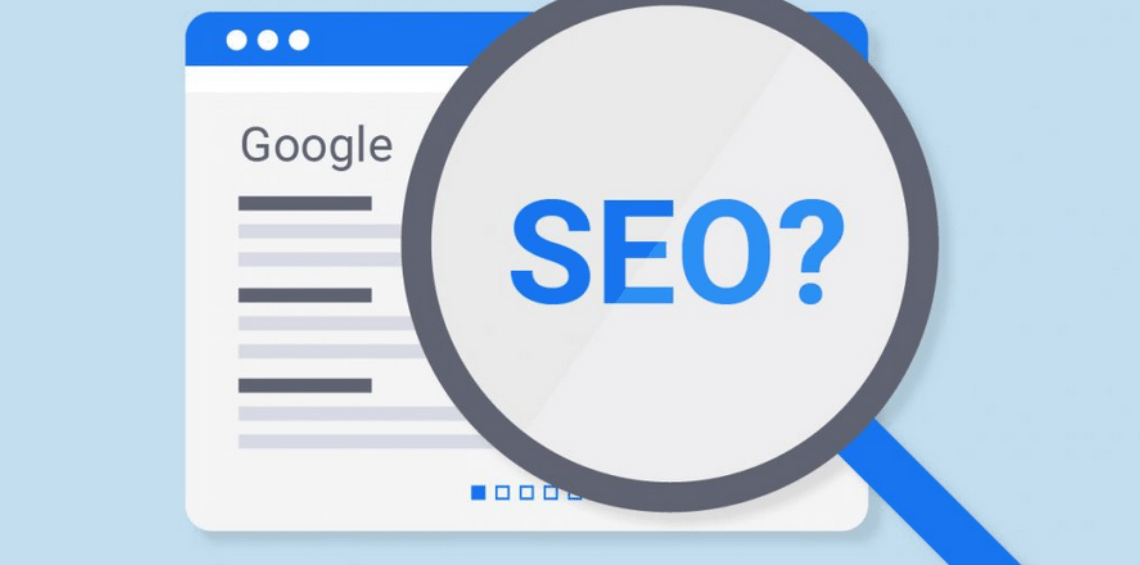While going over the majority of the issues that marketers face, one thing that we have learned about is the difficulties with rankings. They may be experiencing these issues because they are not following proper SEO procedures. To achieve higher rankings, SEO experts frequently undervalue some of the most important practices that have a direct impact on rankings.
We’ve compiled a list of the top 12 SEO practices that everyone should follow in order to achieve the best results. Make sure you’re following these tips and best practices to improve your rankings. However, it is not critical that all of these techniques work because SEO techniques vary depending on the industries you choose to work in.
1. Use HTTPS instead of HTTP
You may be aware of HTTP and HTTPS as two distinct entities. By encrypting the information sent between the visitor and the server with a single S at the end, you get enhanced security. HTTPS has been one of the most important ranking signals since 2014. With the presence of the locking sign in the address bar, you can easily determine if you are using HTTPS. If you don’t already have an SSL certificate, you’ll need to get one.
2. Use Primary and Secondary Keywords That Are Relevant
Any good SEO strategy must start with keyword research. You can create content that attracts more visitors to your website if you know how to use keywords effectively. The first step is to determine the primary and secondary keywords for your page.
The main focus of your content is your primary keyword. Per page, you only need to choose one primary keyword. The main topic is supported by your secondary keywords. They’re usually more specific than the main keyword and represent subtopics that you’ll be covering throughout the article.
3. Produce Original Content Of High Quality
You need quality content that is original, comprehensive, and evergreen if you want users to find and return to your site. Original content allows your audience to connect with you by demonstrating your unique perspective and expertise. Furthermore, search engine algorithms, particularly Google’s, are built to detect unique content. Those who use good SEO and publish original, trustworthy content are more likely to see an increase in searches.
4. Make Sure Your Pages Are Quick To Load
Nobody wants to go to a website that takes an eternity to load. That’s why, since 2010, page speed has been a ranking factor for desktop, and since 2018, for mobile.
The load time and responsiveness of a website are factors that search engines consider when determining a website’s search ranking.
Methods for increasing your site’s speed include:
- Not just images and videos, but all files should be compressed.
- To lighten the content delivery load, use a content distribution network.
- Remove commas, unnecessary characters, and unused code from your website’s code.
- Reduce the number of redirects.
- Improve the speed of your site for returning visitors by using browser caching.
5. Optimize The Title And Meta Description Of Your Page
The title and meta description of your page may be the first thing your audience sees. Users may choose to click or skip your page based solely on these factors. That’s a lot of power in just a few words, so make them count.
Typically, whichever platform you use to host your website provides a simple way to change the page title and meta description. For example, WordPress has two fields labelled “SEO title” and “meta description.”
Here are a few pointers to keep in mind:
- Your page title should be between 30 and 60 characters long.
- Your meta description should be no more than 160 characters long.
- Include the keyword you want to target.
- Explain what your page is all about and what makes it special.
- Make sure each page’s title and meta description are unique.
6. Use URLs That Are Short And Descriptive
With relatively little effort, improving your URL structure can have a significant impact on your on-page SEO. A simple URL makes it easier for search engines to understand your page and makes it appear more user-friendly in the SERPs. Best of all, even for SEO newbies, it’s relatively simple to implement.
A good URL should include the following:
- Use keywords: If at all possible, include your primary keyword.
- Be comprehensible: When a visitor reads the URL, they should be able to figure out what the page is about right away.
- Be succinct: It is preferable to use shorter URLs (around 60 characters). Because many search engines are unable to process longer URLs, you may be ranked lower as a result.
7. Obtain Backlinks From Websites With A High Domain Authority
Backlinks, or external links to your website, are an important ranking factor. Over time, links from reputable sources can help your site gain authority and improve its SEO. Backlinks can be obtained through a process known as link building.
- Offer to write a guest post for other publications, especially if you have a cool infographic or something else to contribute.
- Inquire with publishers about any original research or data you’ve compiled for on-site content.
- Become a member of industry directories. To establish credibility, you may need to join professional industry associations, networking groups, or business organisations.
8. Make Use Of LSI Keywords
A search engine algorithm known as latent semantic indexing (LSI) draws correlations between words and phrases to accurately match content to a person’s query. Synonyms, terms, words, and phrases that are related to your keyword can all be used as LSI keywords. The main purpose of LSI keywords is to add context to content, making it more relevant.
Each LSI keyword should be relevant to both your content and your target audience. If you’re having trouble coming up with synonyms and terms related to your main keyword, try using an LSI keyword generator.
9. Employ A Combination Of Internal And External Links
Crawlability, user experience, and credibility can all be improved by effectively using internal and external links. These links should, in theory, lead to useful, relevant information.
Users can use internal links to navigate to other pages on your website. They aid in the discovery of your content by search engines and encourage users to spend more time on your site. External links are hyperlinks that take the user to a different website. You can use these to link to websites that have high-quality, authoritative content on the subject of your article. Always check your external links before adding them, as linking to low-quality content can hurt your credibility.
10. Add Buttons For Social Sharing
There are two ways that social sharing buttons can help your website rank higher in search results:
- They make it simple to share your website’s content and pages, which can lead to more clicks and page impressions, which search engines count as visitor engagement.
- They increase the likelihood of people linking to your content—social shares give your content more credibility, making it more likely to be used as a resource (see section 8 for more on the power of backlinking).
The placement of social sharing buttons is determined by a number of factors, including the design of your website, your target audience, and your industry. You may not need to include sharing buttons on every page of your website, depending on those factors.
11. Older Content Should Be Refreshed And Republished
Updating older content is a veritable goldmine of SEO best practices, and it’s one of the most valuable and underutilised of them all. For starters, it ensures that your hard work from previous years does not go unnoticed. Second, Google considers the freshness of your content when assigning rankings. When you republish older content, search engines automatically reindex it as new. The fresher your content is, the better your chances of ranking.
12. Make Your Graphics More Effective
It’s difficult to ignore a vibrant graphic or image that perfectly captures the essence of a subject. Make sure that any images you create for your website are optimised.
Conclusion
In the twenty-first century, mastering SEO best practices is essential to running a successful business. If you improve your website’s performance, you’ll see an increase in search visibility, which will result in a significant increase in traffic over time. There’s no better way to generate new leads, increase conversion rates, raise brand awareness, and outperform the competition than to use social media.










